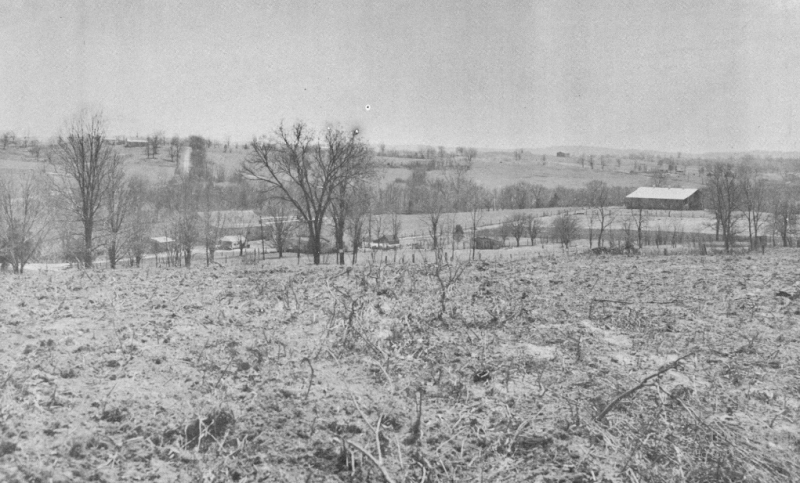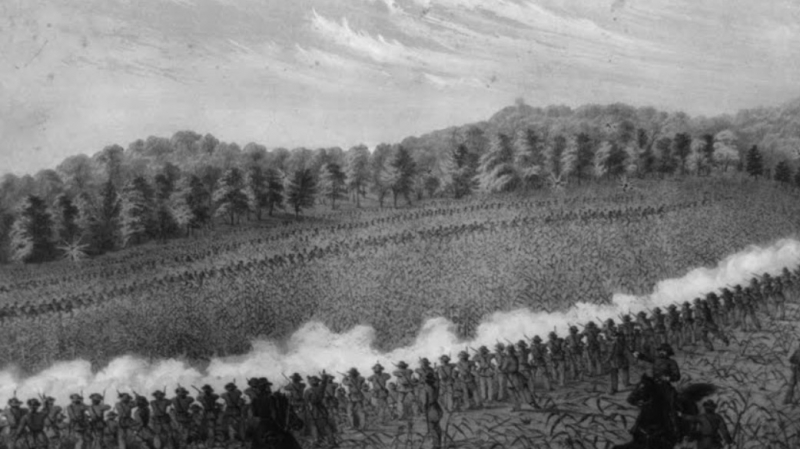A severe drought in the area led the two armies to Perryville
Another interesting fact about the battle is that a severe drought in the area led the two armies to Perryville. According to historian Ken Noe, the upper southwest of the Appalachians and the Midwest saw the worst drought in recorded history in the autumn of 1862. The drought was so severe that when Buell's Hoosiers arrived in Louisville, some of them just kept walking, across the Ohio River toward home. Both armies had marched north into Kentucky in desperate need of water, and as a result, the men were dehydrated and sick from the microorganisms they had consumed by drinking everything wet.
Buell's army, in pursuit of Bragg, converged in three columns on the little crossroads village of Perryville on October 7. Union forces clashed with Confederate cavalry on the Springfield Pike before the conflict spread to Peters Hill, where Confederate infantry arrived. Both parties were yearning for access to clean water. At dawn the next day, action resumed around Peters Hill as a Union division advanced up the pike, stopping just before the Confederate position. After noon, a Confederate division attacked the Union left flank, forcing Maj. Gen. Alexander M. McCook's I Corps to retreat. When more Confederate divisions joined the fight, the Union line held firm, counterattacked, and eventually fell back, with some regiments routed. Only two days after the battle, the drought abruptly ended when a cold front moved through the region, bringing rain and cool temperatures to Kentucky.








